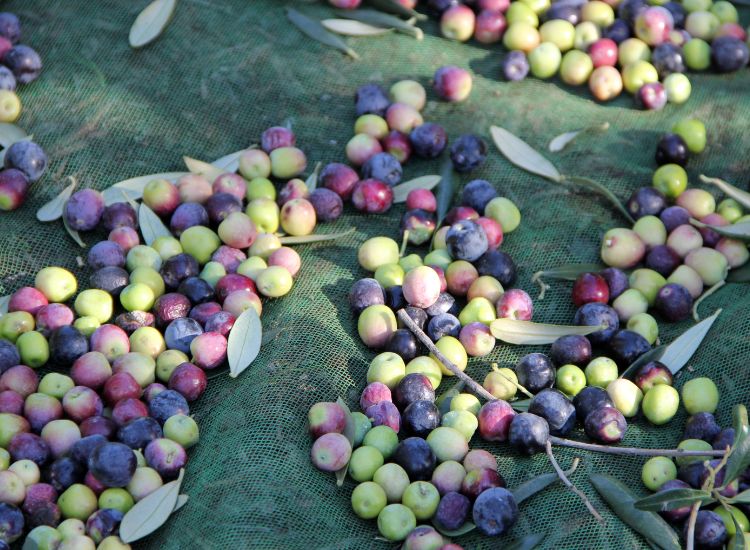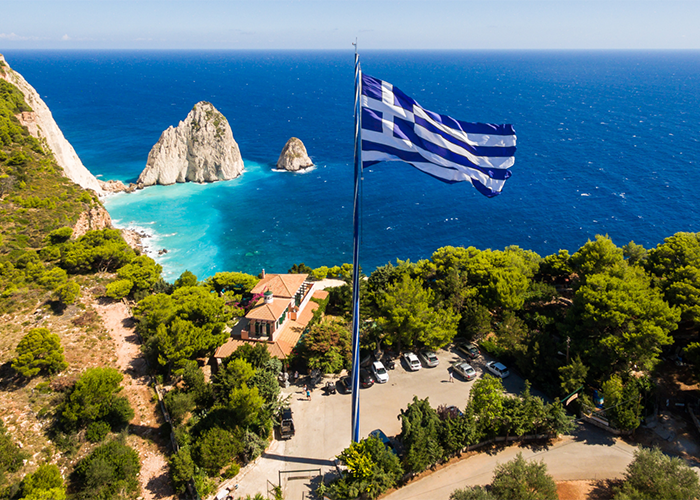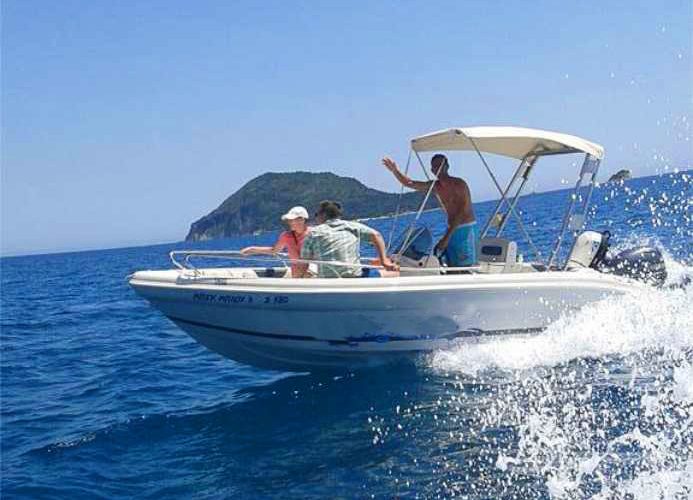0
- Home
- About Us
- Cruises
- Tours & Activities
- SHIPWRECK LAND & SEA
- JEEP SAFARI
- Semi-Private Tour & Cruise(South)
- ZAKYNTHOS TOUR BY COACH
- KEFALONIA TOUR BY COACH
- OLYMPIA TOUR BY COACH
- See All Tours
- Greek Night (Live Music)
- SHIPWRECK SNAP SUNSET PHOTO
- HORSE RIDING
- SCUBA DIVING
- WATER VILLAGE
- WATER SPORTS
- Kayaking
- FISHING BOAT TRIP
- See All Activities
- Private Cruises
- Cruiseships Programs
- Private Transfers
- Rent a Car
- Contact


